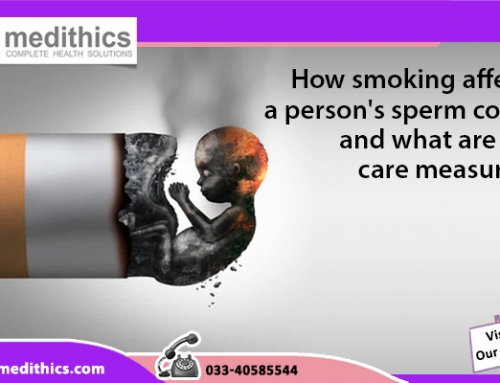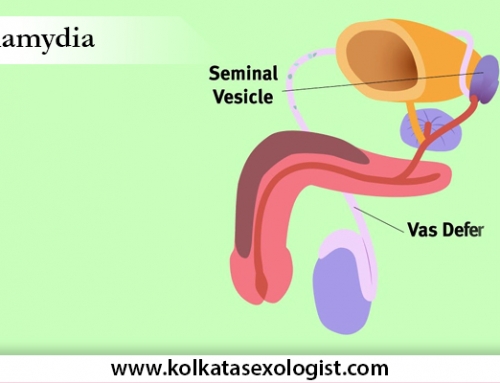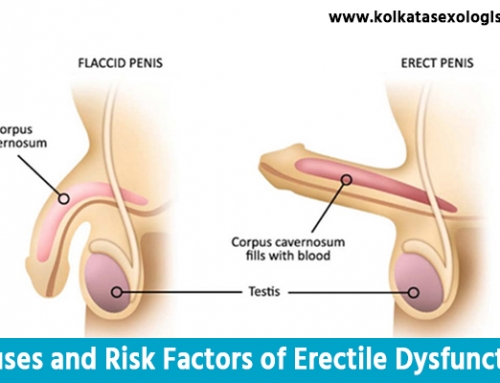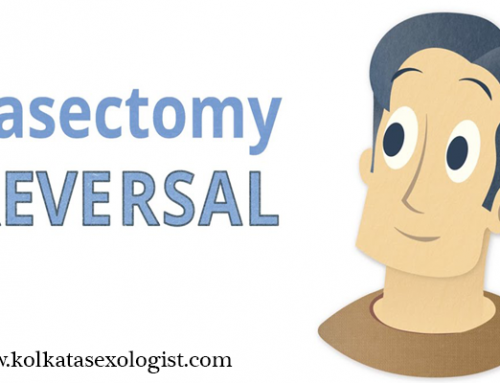Sometimes, the veins within the scrotum get enlarged. This enlargement of the veins is known as varicocele. It has a similarity with the varicose vein found in the leg. Low sperm production and decreased sperm quality, which can cause infertility, are often caused by varicoceles. However, sperm production is not affected by all varicoceles. Testicles can also fail to develop normally or shrink due to varicoceles.
In the course of time, there is development in varicoceles. Fortunately, the diagnosis of most varicoceles is easy and treatment is not needed for many. A varicocele can often be repaired surgically if it causes symptoms.
Symptoms
Often there are no symptoms of a varicocele. It may cause pain in rare cases. The following are some characteristics of the pain:
- The range of pain varies from sharp to dull discomfort.
- On standing or physical exertion, especially over long periods, the pain increases.
- Over the course of a day, the pain worsens.
- When you lie on your back, you get relief from the pain.
- The pain may cause impaired fertility.
Varicoceles might enlarge and become more noticeable with time. A “bag of worms” is what a varicocele looks like. A swollen testicle, almost always on the left side, may be caused by the condition. If any of these symptoms occur, you must consult the best sexologist doctor.
Causes
The causes of varicoceles are not certain. However, it is believed by many experts that when the valves inside the veins in the cord prevent your blood from flowing properly, varicocele forms. The veins get widened (dilated) due to the resulting backup. The testicle may get damaged because of this and result in worsened fertility. During puberty, varicoceles often form. On the left side, varicoceles usually occur. This is probably because of the position of the left testicular vein.
Diagnosis
A physical exam will be conducted by your doctor and it might reveal a nontender mass above your testicle that feels like a bag of worms. Your doctor will be able to feel it if it’s large enough. Your doctor might ask you to stand, take a deep breath and hold it while you bear down if you have a smaller varicocele. Your doctor might order a scrotal ultrasound if the physical exam is inconclusive.
Treatment
There might be no necessity of varicocele treatment. Without any treatment, many men with varicoceles are able to father a child. However, you might want to undergo varicocele repair If your varicocele causes pain, testicular atrophy or infertility or if you are considering assisted reproductive techniques. Male sexual problems treatment is done by sexologists.
The following are some methods to repair varicocele:
1. Open surgery:
Using general or local anesthetic, this treatment is usually done on an outpatient basis. It’s also possible to make an incision in your abdomen or below your groin, though your surgeon will approach the brain through your groin.
2. Laparoscopic surgery:
A small incision is made in your abdomen by your surgeon and a tiny instrument is passed through the incision to see and to repair the varicocele. General anesthesia is required for this procedure.
3. Percutaneous embolization:
A tube is inserted by a radiologist into a vein in your groin or neck through which instruments can be passed. The doctor releases coils or a solution, which causes scarring to create a blockage in the testicular veins, by viewing your enlarged veins on a monitor. The blood flow is interrupted by this and the varicocele is repaired.




